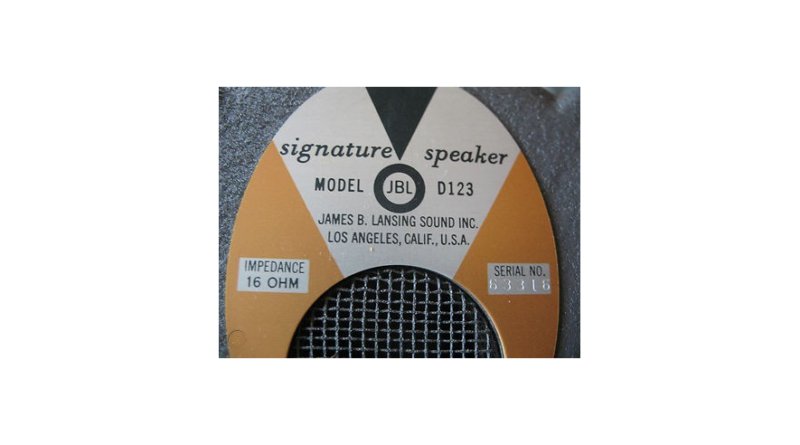JBL is celebrating their 75th anniversary and the story of James B. Lansing is heartbreakingly tragic, yet fascinating in what he was able to accomplish in his short lifetime. Born James Martini in 1902 to a coal mining engineer who moved the family around quite often, he met (and might have lived with for a time) a family called the Bulloughs. He added that name to his own and somewhere along the line added Lansing as his last name to become James Bullough Lansing.
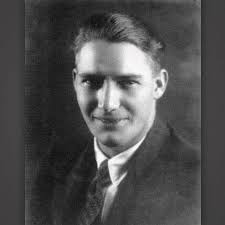
A natural gadget-head, he become a radio engineer and began to innovate in loudspeaker design. With a business partner named Ken Decker, they relocated from Salt Lake City to Los Angeles in 1927 where they found themselves at the right place and at the right time. The first commercial talking picture, using Vitaphone sound on disks synchronized with film, debuted that year – The Jazz Singer – and the rush was on to build and equip film studios and theaters with loudspeakers that could fill large spaces.
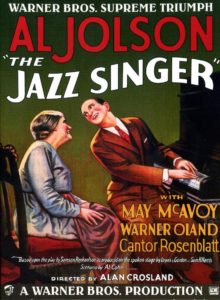
MGM’s chief engineer, Doug Shearer, teamed up with Lansing and others to develop a system of horn-shaped speakers that became known as the Shearer-Lansing horn system. They even received a Motion Picture Arts and Sciences award for technical excellence.
Sadly, James B. Lansing was not a great businessman. His partner at Lansing Manufacturing who handled the sales and marketing, Ken Decker, died in an airplane crash in 1939 and within a few years Lansing was forced to sell the company to Altec Service Corporation, which eventually morphed into Altec Lansing.
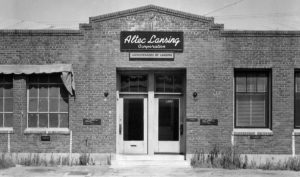
After Lansing fulfilled a five-year contract with Altec Lansing as head of engineering, he formed Lansing Sound and while he continued to develop product, he just couldn’t run the company profitably. He had legal issue with Altec Lansing regarding the use of the Lansing name and finally settled on the James B. Lansing Sound, Inc., which would eventually become JBL. His bouts of depression got the better of him eventually, and he committed suicide in 1949.
There is certainly more to the JBL story. After weathering the storm surrounding Lansing’s death, the company assets were eventually acquired by William Thomas who ventured into the recording studio speaker business and the into outdoor stadium-type speakers and ended up selling the company in 1969 to Sid Harman, of Harman-Kardon and Harman International fame. Their story continues to this day.
JBL is one of the iconic names in the audio industry and they are celebrating the anniversary with the release of several retro products that are garnering much attention in audio circles. The word ‘groovy’ comes to mind when taking in the L100 Classic 75 loudspeaker and the SA750 integrated amplifier (updated for 2021 with streaming capabilities!). And, of course, the JBL Synthesis reference home cinema sound system is acknowledged as one of the very finest expressions of theater sound.
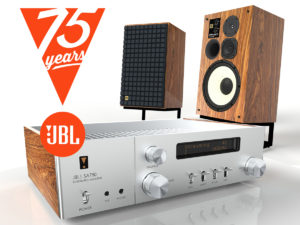
James B. Lansing’s name stands alongside Avery Fisher, Saul Marantz, Hermann Thorens, Paul Klipsch, Sid Harman and Bernard Kardon as one of the legends in the hi-fi industry. The many innovations from the golden era of high-fidelity ring down through the years as we are all fortunate to be able to enjoy good music on even the most modest of sound systems. Let me toast JBL on their diamond jubilee and their founder, James Martini, aka James Bullough Lansing.

